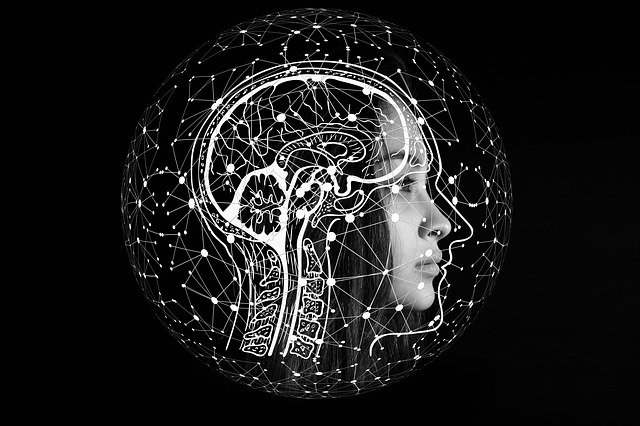
“What a piece of work is a man” muses a bitterly critical Hamlet – but how and why does that “piece of work” emerge as it does? From the collective unconsciousness, according to Carl Jung. In Jung’s view, certain “archetypes” reappear in religious, mythological, and literary traditions around the world, which points to them being inborn and part of a collective unconsciousness. While some of these archetypes are more specific (ie, different concepts of a “tragic hero” or “bad parent,”) others, such as those listed here, are even more universal.
The Persona
This is the face that you present to the world. That doesn’t mean it is your inner self, however, and identifying too strongly with your persona can lead to problems for your “real” self.
Take Hamlet, for example, who declares that, in order to throw everyone off in his quest to avenge his father, he’ll “put an antic disposition on” and present a persona of madness. But is it just a persona? Hamlet embodies that “antic disposition” and identifies with players and playacting so much in the play, and some view Hamlet’s madness as becoming less invention and more authentic as the play goes on.
The Shadow
Freud famously diagnosed Hamlet with a repressed Oedipus complex. Such notions form the basis for Jung’s notion of the shadow, a darker representation of our repressed urges.
The Anima
Feminist discourse on Hamlet and Ophelia often views the two as masculine and feminine mirrors of one another. Such a view could be in keeping with Jung’s archetype of the anima – the “feminine” side of men and the “masculine” side of women. For Jung, the anima represents a manifestation of our true “self” – a “mirror up to nature,” if you will. In Jungian terms, Hamlet’s lashing out at Ophelia may be seen as rejecting that mirror to the “feminine” nature of his true anima “self” – a point driven home all the more by Claudius and Hamlet himself both deriding his supposedly “unmanly” state.
The Self
For Jung, the “self” is the unified consciousness of manifestations of one’s conscious and unconscious personality coalescing around an “ego” at the center of it all. Hamlet’s personality varies from act to act and scene to scene, but whatever you interpret as the core of his character at the center of those personalities may be seen as his “self.”
So much for Jung, Hamlet, and their archetypal “mirror up to nature.”